
Why are some rebreathers equipped with one bottle while others have two?
This logical question is quite difficult to answer. Sometimes there are technical reasons, sometimes operational reasons to opt for a single or double cylinder. Let’s start with single-cylinder RBs.
Often we can tell from the cylinder configuration which system we are dealing with. A RB with a single cylinder will never be an ECCR but always an oxygen rebreather or a nitrox rebreather. An oxygen RB only uses oxygen and will do so for a long time. After all, a human uses 1 litre of oxygen per minute, depending on the work he has to do. A common type is a 1, 2 or 3 litre cylinder that allows breathing for 200, 400 or 600 minutes (10 hours!) respectively at 200 bar. Therefore, it is often not the gas supply that is the limiting factor but the scrubber. That scrubber takes care of removing the CO2.
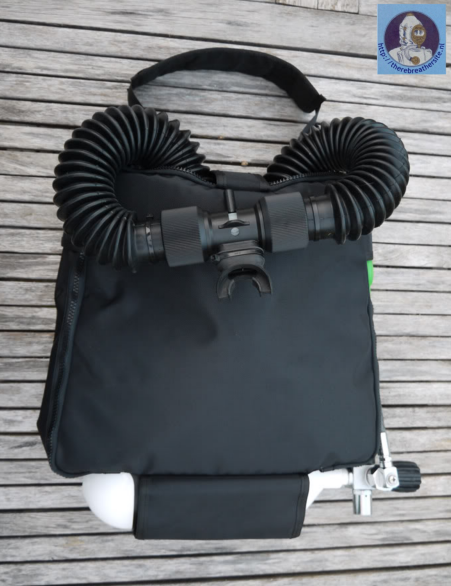
The single bottle is also used in semi-closed rebreathers with a premixed gas supply. This often involves the use of nitrox. These semi-closed systems are sometimes also equipped with two cylinders. It is therefore important to pay close attention to which type we are dealing with.

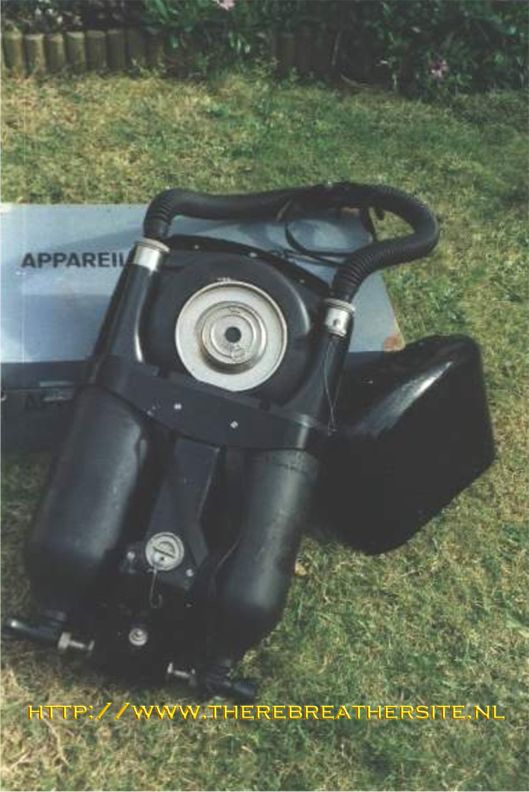
Another two-bottle configuration is a self-mixing rebreather. This rebreather mixes two gases to the desired mixture. This type of rebreather is less common but is still used.
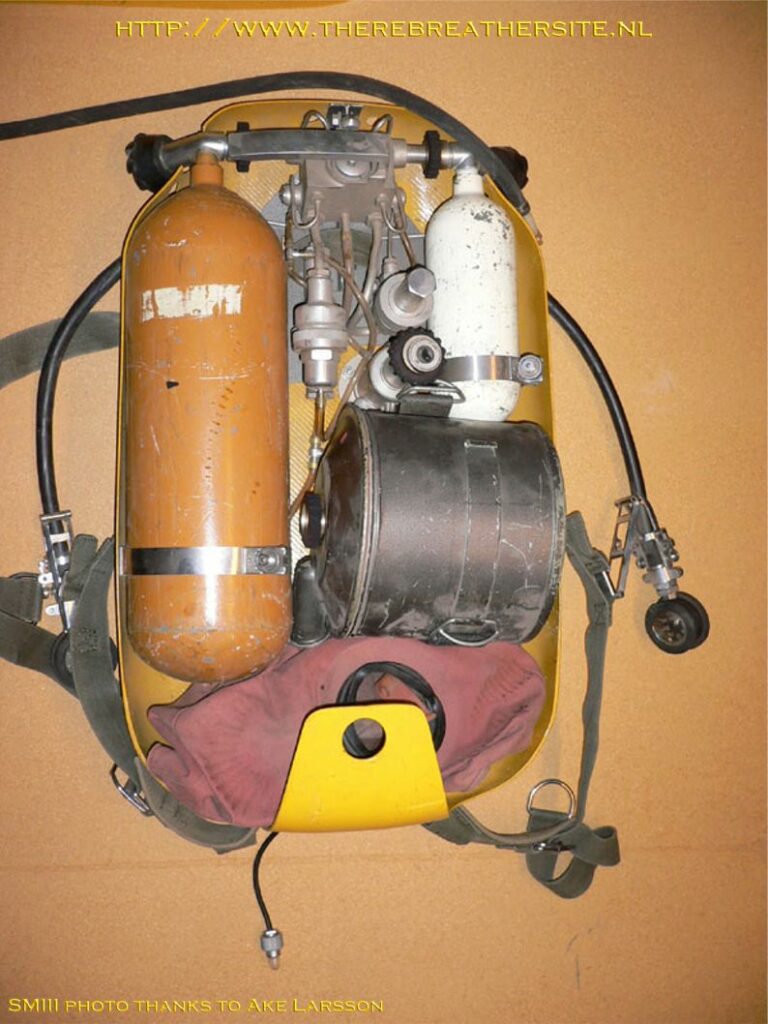
Currently (2023), the most widely used rebreather in sport diving is the electronically controlled rebreather. In this, a computer mixes the mixture in the breathing circuit. Two or more gases are then used. There are then usually two cylinders in the diving apparatus, 1 with oxygen and 1 with a dilution gas. In extreme dives, sometimes additional dilution gases are taken and divers start looking like Christmas trees!
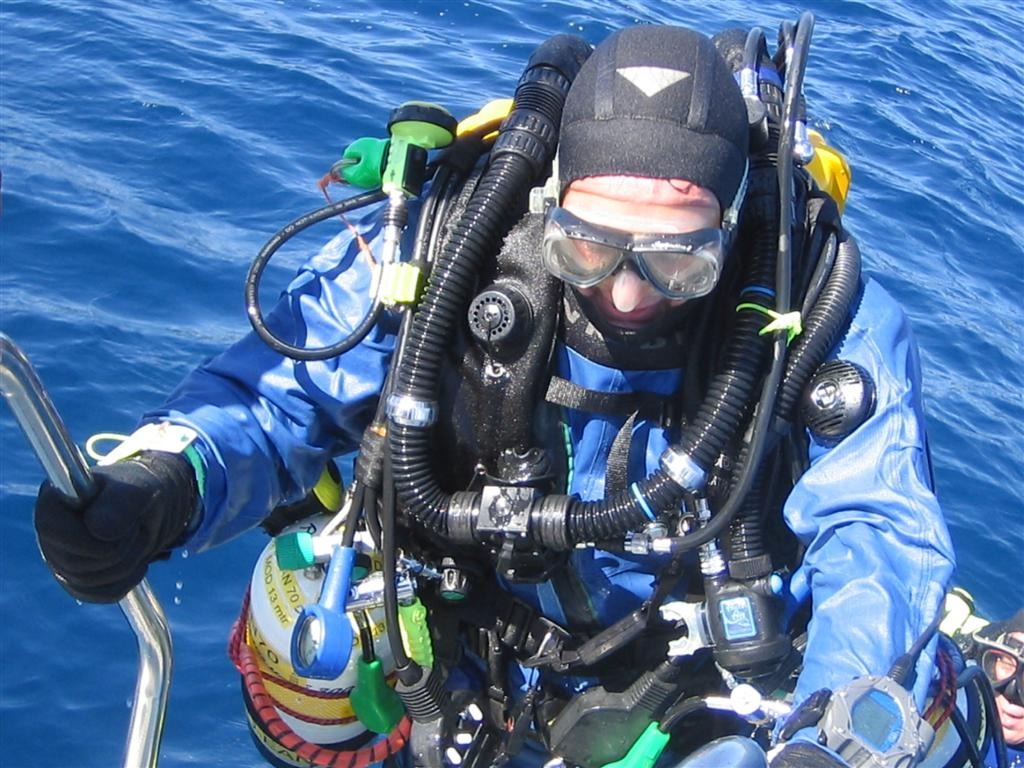
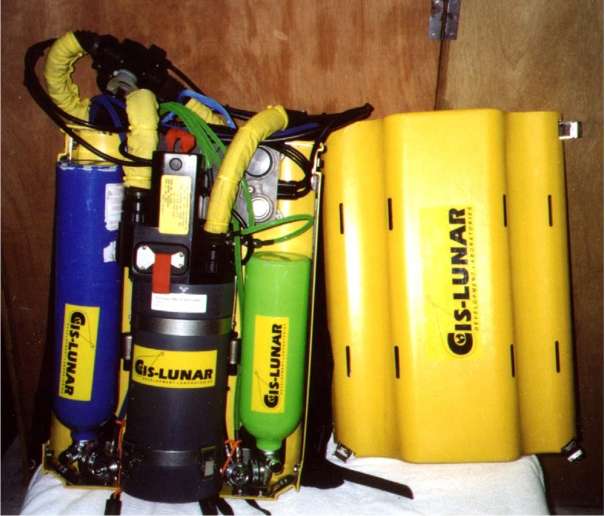
A diver can also sometimes be observed with a large number of cylinders. These are often Open Circuit divers who do not recirculate the exhaled air. Can you see how that can be determined?


Therebreathersite was founded by Jan Willem Bech in 1999. After a diving career of many years, he decided to start technical diving in 1999. He immediately noticed that at that time there was almost no website that contained the history of closed breathing systems. The start for the website led to a huge collection that offered about 1,300 pages of information until 2019. In 2019, a fresh start was made with the website now freely available online for everyone. Therebreathersite is a source of information for divers, researchers, technicians and students. I hope you enjoy browsing the content!
